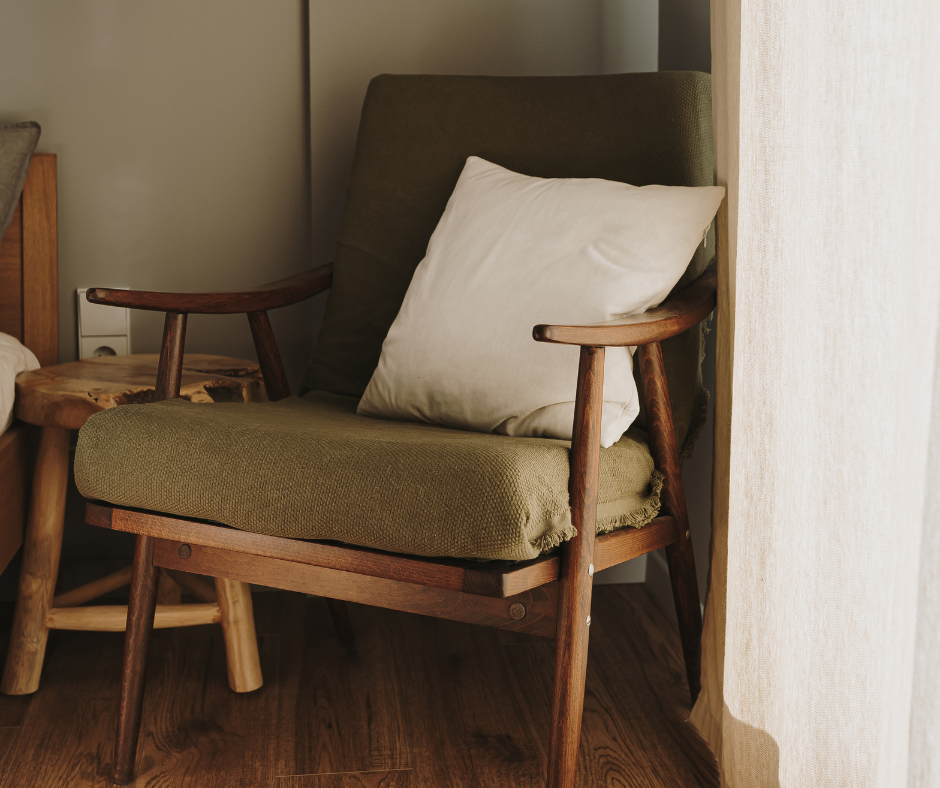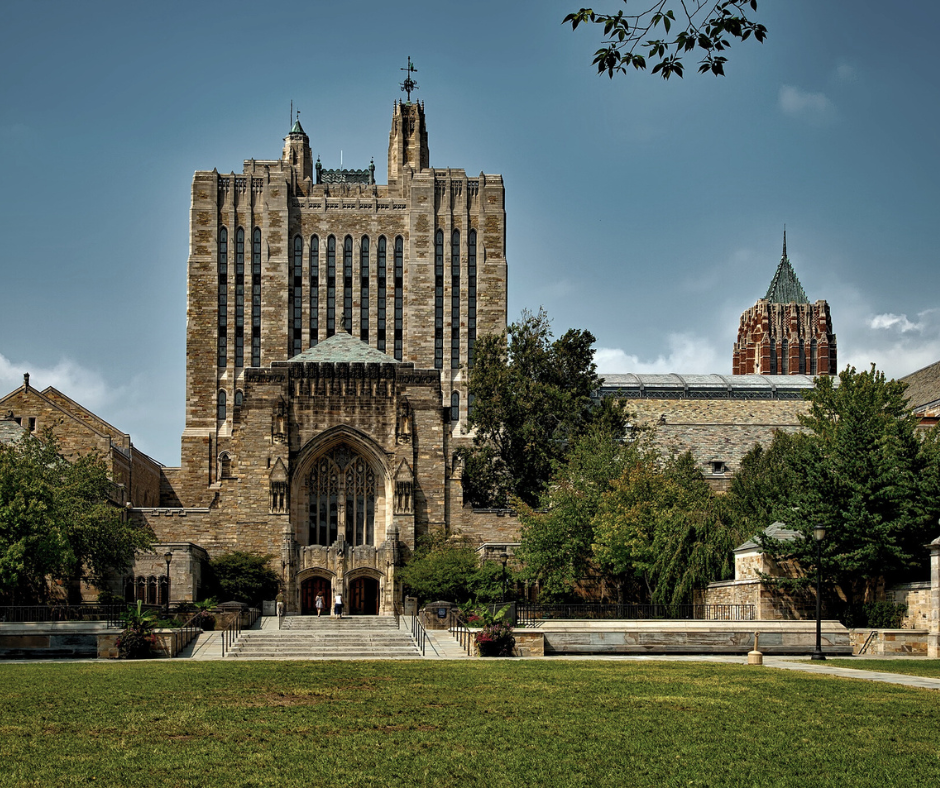
Montréal Architecture Tour: Iconic Buildings to Visit
Summary
Reflection Questions
Journal Prompt
With a mix of old and new, from classic Gothic Revival to modern designs, the architecture in Montreal reflects the city’s rich cultural history. In this tour, we will explore architectural icons like the Industrial and Financial Centre, the Sun Life Building, and 551 Place d’Armes. Each of these has shaped Montreal’s skyline and captured its essence as a hub for culture, innovation, and architectural excellence. The city’s enduring charm lies in its ability to preserve historical gems while embracing cutting-edge designs of the present. From ornate churches to Napoleonic city halls, join us on this journey through Montreal’s architectural marvels!
About Montréal Architecture
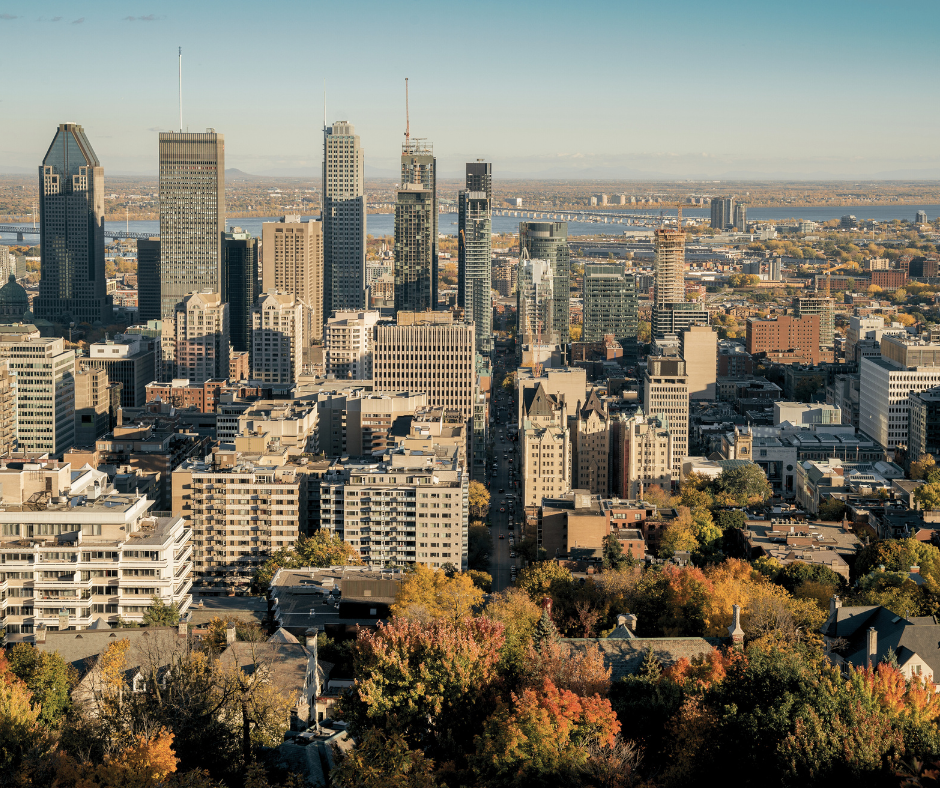
Montréal was designated as the first UNESCO City of Design in North America in 2006. This prestigious recognition was part of the UNESCO Creative Cities Network, established in 2004 to promote cooperation among cities that have identified creativity as a strategic factor for sustainable urban development. Since then, the designation has helped to raise Montréal’s profile on the international stage as a leader in design and creativity, fostering an environment that encourages innovation and artistic expression. Put simply, the UNESCO designation put Montreal on the map in terms of cultural, architecture, and innovation.
Montréal was recognized for its strong commitment to design and innovation across various sectors, including architecture, urban planning, industrial design, and graphic arts. The city’s rich cultural and artistic heritage, along with its vibrant creative scene, played a significant role in this appointment. Montréal is known for its diverse array of festivals, museums, and galleries, which contribute to its dynamic cultural landscape.
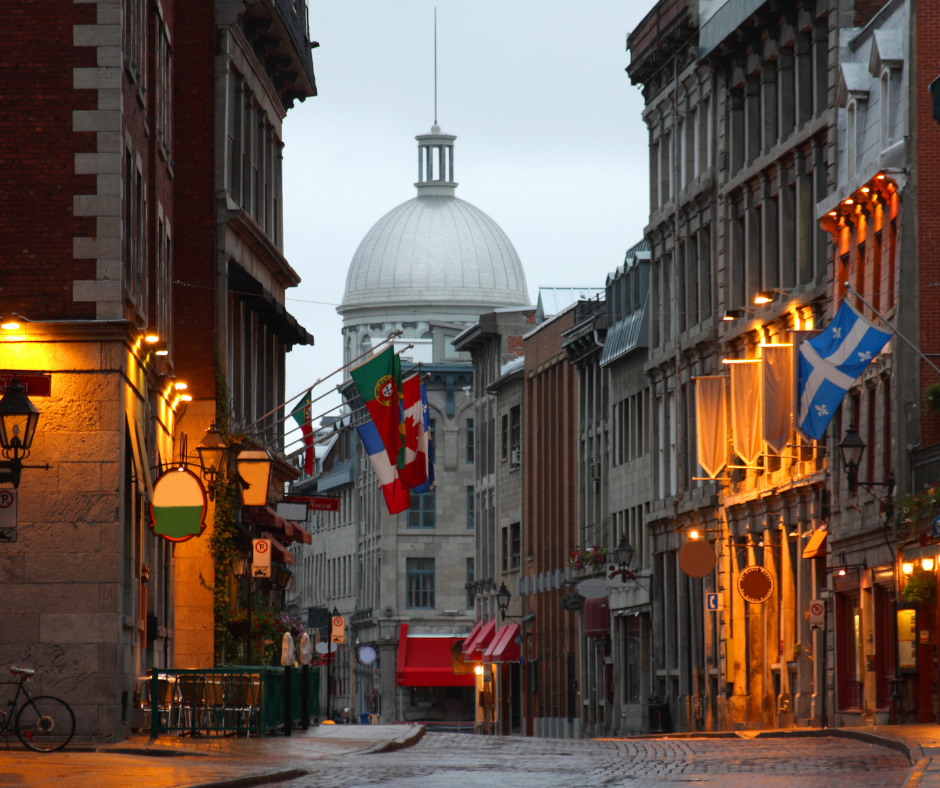
Design and creative industries are significant contributors to the economy of Montréal. The city has a history of investing in design and supporting the creative sector, which in turn fuels economic growth and job creation. Montréal’s approach to urban development, which emphasizes the importance of design in public spaces, transportation, and infrastructure, was also a key factor in its designation. The city has been recognized for its efforts in integrating design into the urban fabric to enhance the quality of life for its residents.
As part of the UNESCO Creative Cities Network, Montréal committed to sharing best practices and collaborating with other cities around the world to promote creativity and cultural industries. The city’s focus on sustainable development and social inclusion through design initiatives was another aspect that contributed to its recognition. Montréal has implemented various projects that use design as a tool for social change and environmental sustainability.
Montreal Architecture Tour: Iconic Buildings to Visit
Notre-Dame Basilica
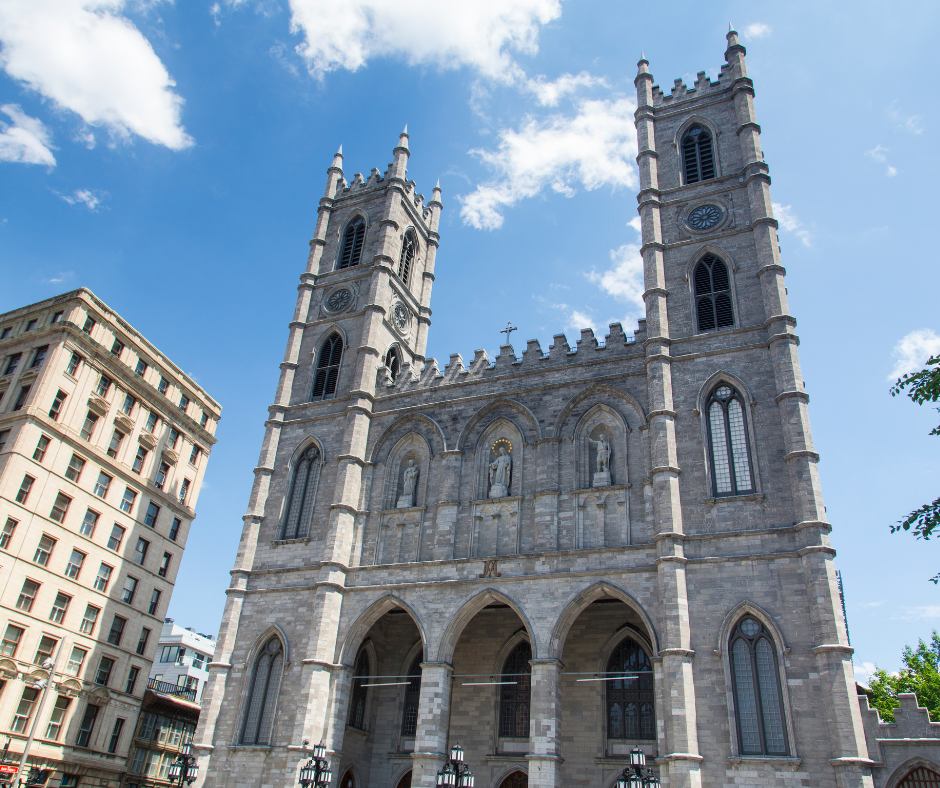
The first stone church of Montreal was completed in 1683, but it quickly became inadequate for the growing congregation. In 1823, a construction committee selected New York architect James O’Donnell to design a new church that would accommodate 8,000 worshippers. Inspired by the Gothic Revival style, O’Donnell’s creation marked the shift in religious architectural tradition.
The Notre-Dame Basilica boasts a vaulted ceiling adorned with golden stars, creating a celestial atmosphere. Completed in 1830, it features intricate wooden carvings and religious statues. Stained glass windows along the walls depict Montreal’s religious history, which is a departure from traditional biblical scenes.
The church’s towers, namely La Persévérance and La Tempérance, were completed in 1841 and 1843, respectively. The façade, which was finalized in 1865, showcases concrete statues of St. Joseph, the Virgin Mary, and St. John the Baptist.
In 1989, it was nominated as a National Historic Site of Canada. Notre Dame has witnessed significant events, including state funerals and notable weddings. As a cultural site, the Basilica hosts concerts, choirs, and the famous Casavant organ. Exhibitions and shows, such as “AURA” by Moment Factory, offer unique experiences that showcase the Basilica’s architectural wonders.
Habitat 67
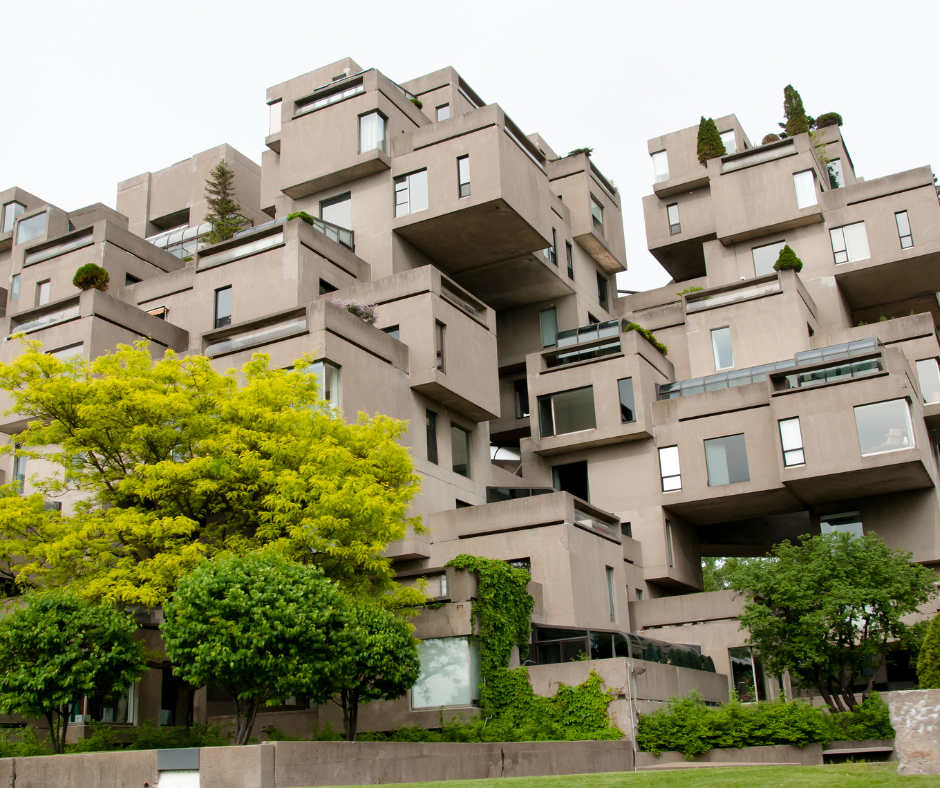
Designed by Moshe Safdie as the Canadian Pavilion for Expo 67, Habitat 67 is an architectural marvel that defies conventional residential norms. This unique complex, conceptualized as an experiment in high-quality, affordable housing, showcases Safdie’s innovative approach to urban living. Comprising modular units arranged in a striking configuration – Habitat 67 reflects futuristic design principles. Safdie envisioned a harmonious blend of suburban comfort within an urban design high-rise, challenging traditional apartment-building norms.
Located at Cité-du-Havre with unparalleled views of the river and downtown Montreal, Habitat 67 offers a panoramic experience. Its terraces, featuring 15 models spread across 12 floors, redefine residential living with private terraces, excellent soundproofing, and optional solariums. The complex provides a broad range of amenities, including a private shuttle service, security, and maintenance services, elevating the urban residential experience.
Montreal City Hall
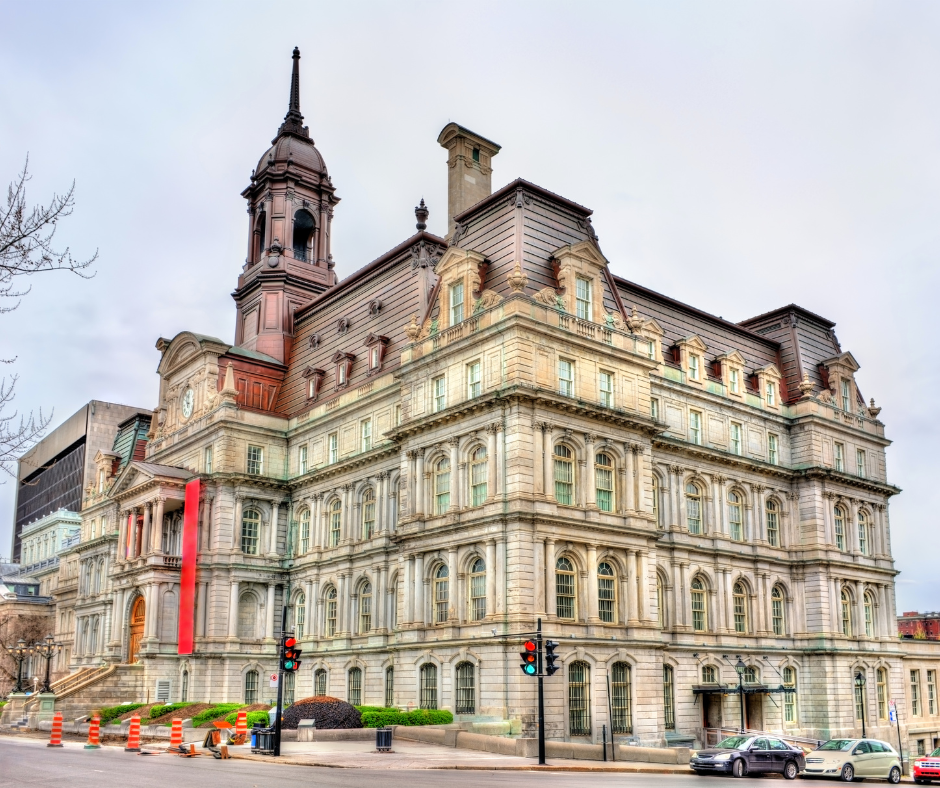
Montreal City Hall or Hôtel de Ville de Montréal is another National Historic Site of Canada. Constructed in the 19th century between 1872 and 1878, it was the first city hall in Canada dedicated solely to municipal administration. Designed and planned in the Second Empire style, the building boasts steep mansard roofs, ornate dormers, and a symmetrical façade that projects the city’s significance in North American trade.
Montreal City Hall is situated in Old Montreal. It has been a political and administrative hub since its completion in 1878 in old Montreal. Designed by architects Henri-Maurice Perrault and Alexander Cowper Hutchison in the Second Empire architectural style, it boasts a central clock tower and intricate details that showcase 19th-century architectural excellence. The building’s grandeur extends to its interior, which is adorned with a grand staircase, elaborate moldings, and ornate ceilings.
Fuel your creative fire, thrive with support from peers, & make 2025 your firm’s best year yet!
JOIN THE DESIGNDASH COMMUNITY

After a fire left only the outer walls in tact back in 1922, renovations sought to preserve the original architectural vocabulary, showcasing the hall of honor and council chambers with sumptuous materials, intricate detailing, and stained-glass windows. Positioned atop Place Jacques-Cartier, Montreal City Hall remains a captivating symbol of civic pride and French heritage.
While currently undergoing renovations since May 2019 to modernize and preserve its historical significance, Montreal City Hall remains accessible for virtual civic engagement.
Olympic Stadium
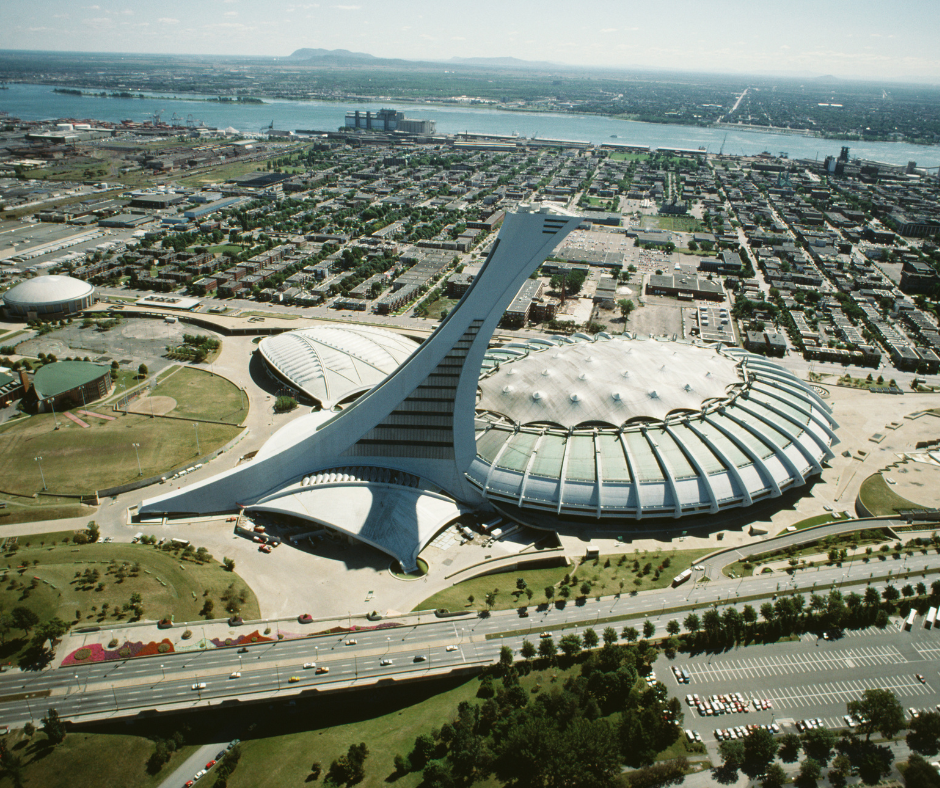
Constructed as a hub for the 1976 Summer Olympics, Montreal’s Olympic Stadium is also called “The Big O.” This structure stands as a monumental architectural achievement. Located in Olympic Park in the Hochelaga-Maisonneuve district, the stadium is renowned for its unique design by French architect Roger Taillibert.
Its tower currently stands as one of the tallest buildings in Montreal and is the world’s tallest inclined tower at 165 meters. Initially envisioned with a retractable roof, the stadium faced construction challenges, strikes, and cost overruns. Although it serves as a multipurpose facility for events, including sports and concerts, its tumultuous history has given it the moniker “The Big Owe.”
Despite its white elephant status, the stadium remains a symbol of Montreal’s Olympic legacy and architectural prowess.
Place Ville Marie
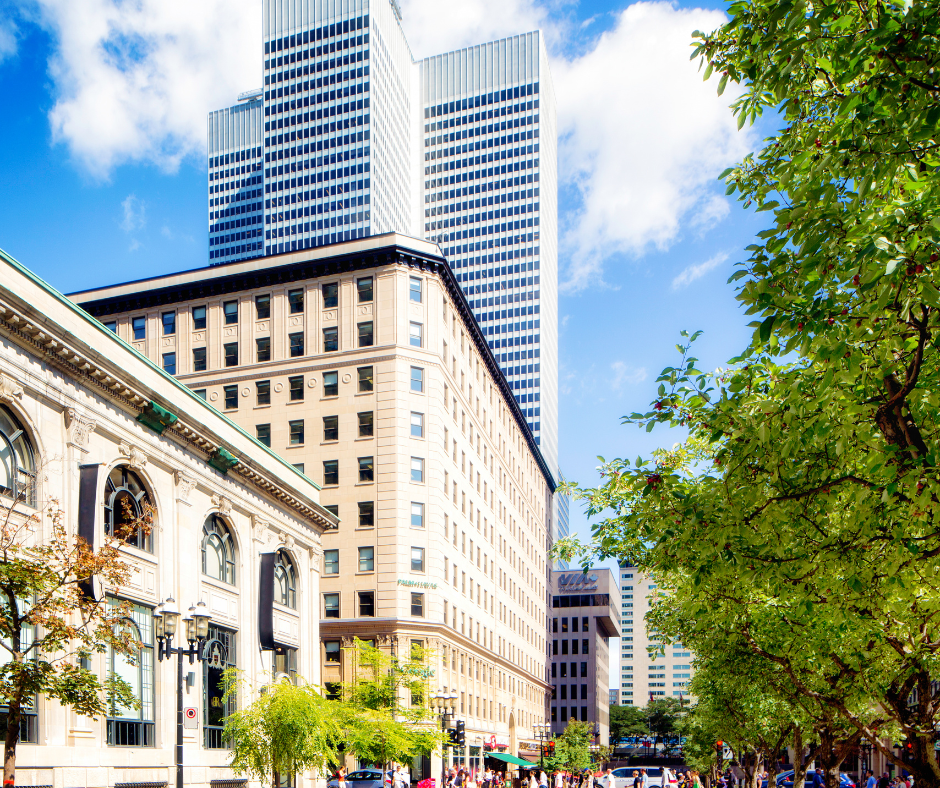
For almost six decades, Place Ville Marie has defined Montreal’s skyline, standing as a symbol of modernism, interaction, and innovation. Designed by architects I.M. Pei and Henry N. Cobb, its cruciform skyscraper and outdoor Esplanade make it a vibrant hub in the heart of the city.
Integral to Montreal’s underground network and locations, it connects businesses and transportation tunnels. In 2017, a $200-million revitalization project aimed to transform it into a dynamic urban center. Le Cathcart Restaurants et Biergarten, a grand staircase, and a spectacular glass roof were introduced during the revitalization project, making Place Ville Marie a gathering point.
McGill University Campus
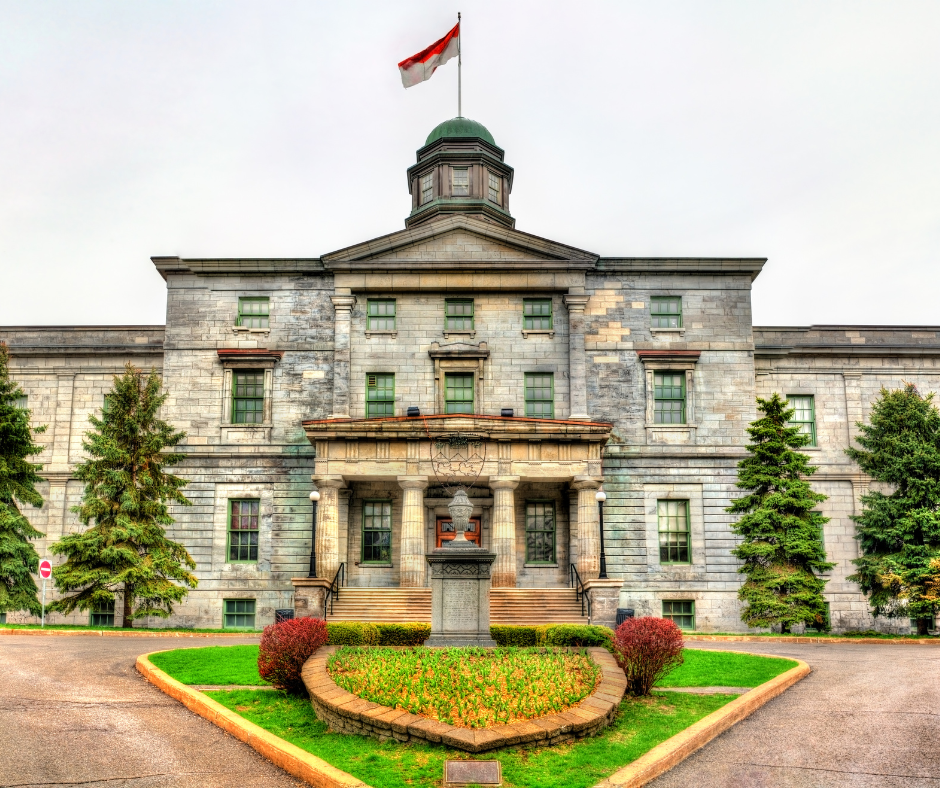
Situated at the foot of Mount Royal, McGill University’s campus is no urban skyscraper. It boasts a rich architectural beauty that effortlessly blends history with modernity. The McCall MacBain Arts Building or Museum, originally the McGill College Building, is a significant landmark and the oldest existing structure on campus.
Designed by John Ostell in 1839, its Classical Museum style incorporates Doric columns and a central portico. Over the years, architecture experts like Alexander Francis Dunlop and Harold Lea Fetherstonhaugh contributed to its expansion and renovations. The building’s distinct wings, including Dawson Hall and Molson Hall, house academic departments.
This campus, which is characterized by its architectural diversity, fosters a vibrant learning environment where tradition and innovation coexist harmoniously.
Saint Joseph’s Oratory
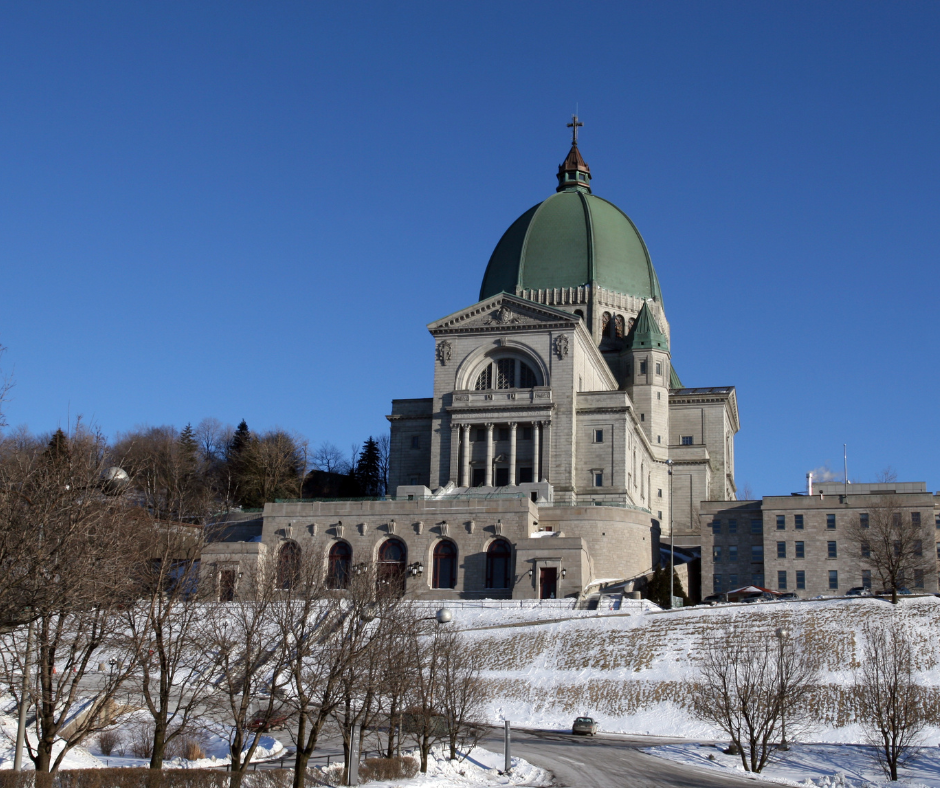
Perched on Mount Royal’s Westmount Summit, Saint Joseph’s Oratory of Mount Royal is a majestic symbol of faith and architectural grandeur. Founded in 1904 by Saint André Bessette, this Roman Catholic minor basilica and national shrine unfold across Mount Royal’s landscape, dominating Montreal’s skyline.
Boasting Canada’s largest church dome, the Oratory is a National Historic Site renowned for its Renaissance Revival facade and Art Deco interior. The basilica’s history intertwines with the miraculous healing legacy of Brother André, who initiated its construction. Architects like Dalbé Viau, Alphonse Venne, and Dom Paul Bellot contributed to its evolution over the decades.
The Oratory’s unconventional design, blending classical and modern architecture elements, defies the norms of its era. The ongoing C$80-million renovation project by Atelier TAG and Architecture49 promises enhanced accessibility and a panoramic view from the lantern, thereby reinforcing its significance in Montreal’s cultural and religious tapestry.
Bank of Montreal Head Office
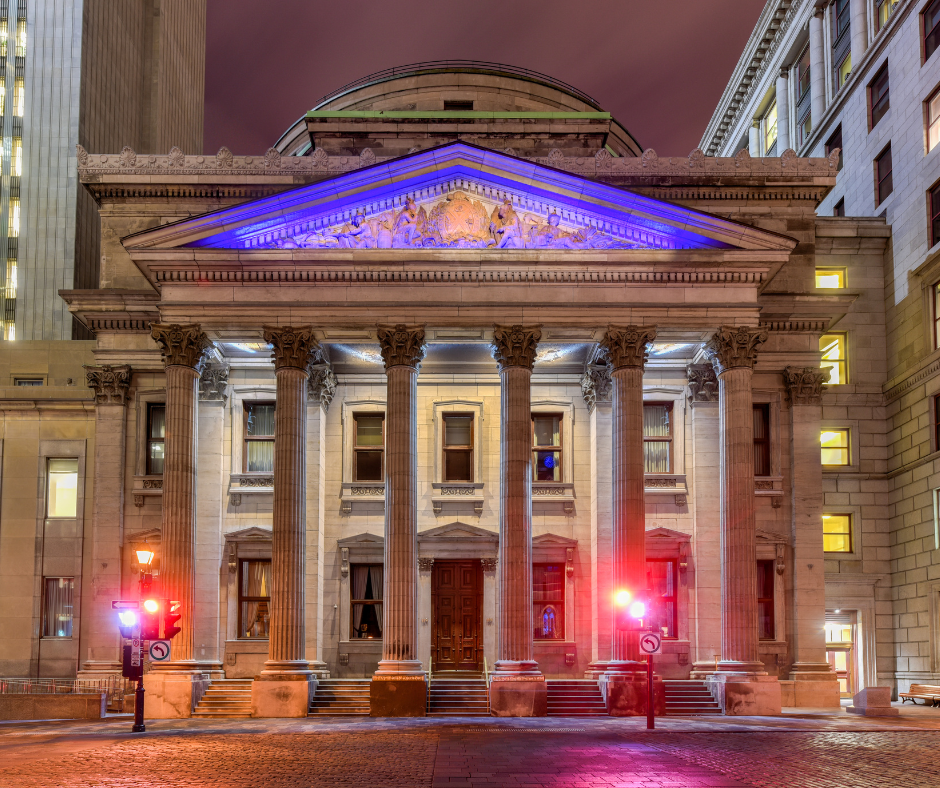
Founded in 1817, the Bank of Montreal Head Office at 119 Saint-Jacques Street is an architectural and financial inspiration, embodying Canada’s economic history. Erected in 1847 and designed by British architect John Wells, its imposing facade echoes the Pantheon’s grandeur, reflecting the influence of ancient Rome.
Adorned with sculptures by British artist John Steel, the building exudes prestige and permanence. Situated in Montreal’s financial district, it played a pivotal role in the city’s development as Canada’s financial center capital during the 19th and early 20th centuries. A neoclassical masterpiece, the Bank of Montreal Head Office is not just a symbol of banking prowess but a living symbol of Montreal’s historic financial legacy.
Today, its richly adorned interior continues to operate as BMO’s main branch, inviting visitors to explore its heritage and witness the evolution of urban-created Canadian architecture.
Montreal Museum of Fine Arts
The Montreal Museum of Fine Arts, also known as MMFA or Musée des beaux-arts de Montréal, blends historical and modern architecture marvels across its five pavilions. The Michal and Renata Hornstein Pavilion, which is a 1912 Beaux Arts gem, exudes sobriety and majesty with its white marble façade, tall colonnaded portico, and monumental staircase.
The Liliane and David M. Stewart Pavilion, a later modernist addition, showcases decorative arts and design with stunning elegance. The Jean-Noël Desmarais Pavilion, designed by Moshe Safdie, offers a contemporary space for major exhibitions. The Claire and Marc Bourgie Pavilion, which was inaugurated in 2011, showcases Quebec and Canadian art. The Michal and Renata Hornstein Pavilion for Peace houses a unique collection spanning Old Masters to contemporary art.
Fuel your creative fire & be a part of a supportive community that values how you love to live.
subscribe to our newsletter
*please check your Spam folder for the latest DesignDash Magazine

This ensemble of pavilions, totaling over 53,000 square meters, establishes MMFA as a leading cultural institution that fosters appreciation and understanding of the diverse facets of art through time.
Biosphère Environmental Museum

Originally the United States pavilion for Expo 67, the Biosphère is an iconic symbol of Montreal’s commitment to environmental awareness. The geodesic dome was designed by visionary architect Buckminster Fuller. It showcased groundbreaking engineering during the World’s Fair. Following Expo 67, the pavilion transformed into an aviary and arboretum before a devastating fire in 1976 left only its steel truss structure intact.
In 1990, a $17.5 million investment by Environment Canada rejuvenated the site into an interactive museum dedicated to water ecosystems. Today, the Biosphère continues its legacy as an environmental museum, educating visitors about crucial issues such as climate change and sustainable development.
The dome’s influence resonates globally, with its architecture inspiring structures like Disney’s Spaceship Earth.
Final Thoughts About Montreal’s Incredible Architecture
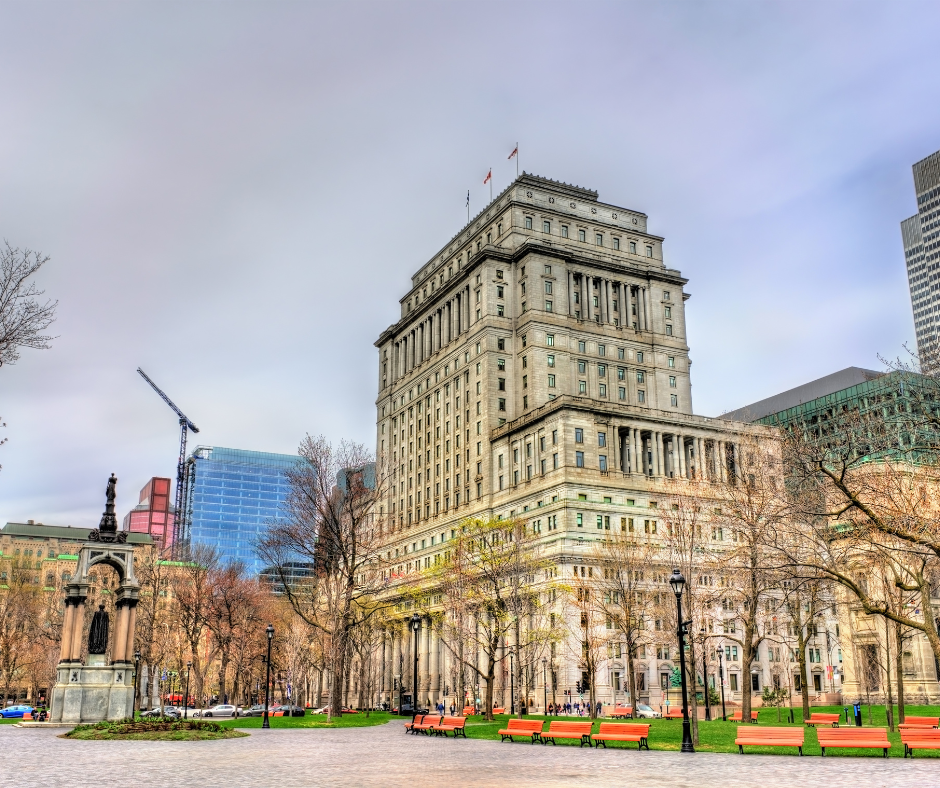
Montreal’s architectural styles are myriad, as demonstrated by landmarks like the Notre Dame Basilica, the Bank of Montreal Head Office, the Montreal Museum of Fine Arts, the Biosphère, and the Sun Life Building pictured above. Each building has a unique story to tell, reflecting the city’s rich history and cultural tapestry.
To truly appreciate Montreal’s architectural diversity in this Canadian Centre, consider exploring these landmarks in person. Walk through the stunning interiors, admire classical and modern elements, and feel the city’s vibrant pulse.
From historic religious marvels to contemporary environmental hubs, Montreal’s architecture invites you on a captivating journey. Discover the city’s soul through its buildings, each contributing to the stories of Montreal’s unique and ever-evolving identity.
By Anila Hasnain.







